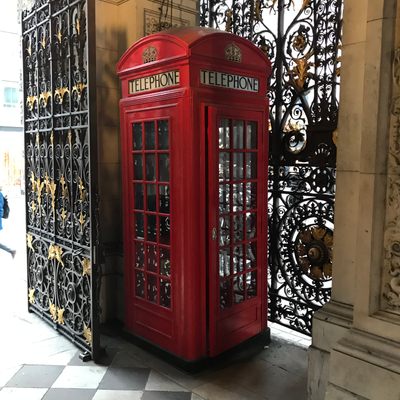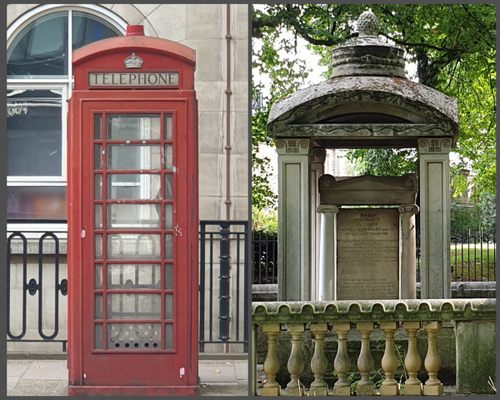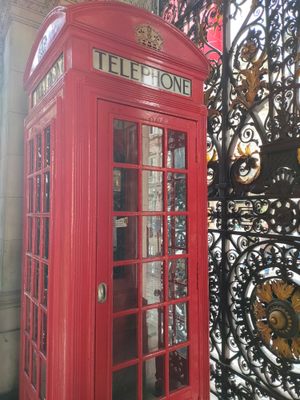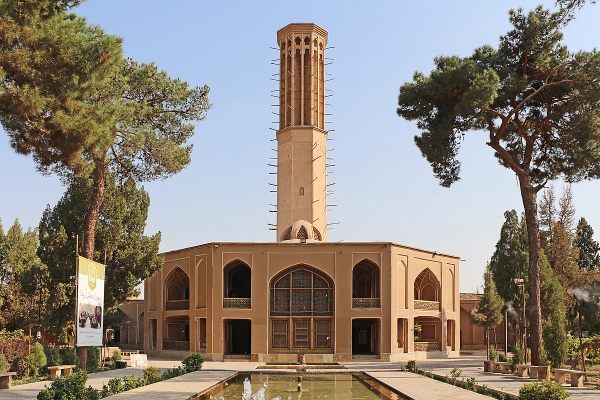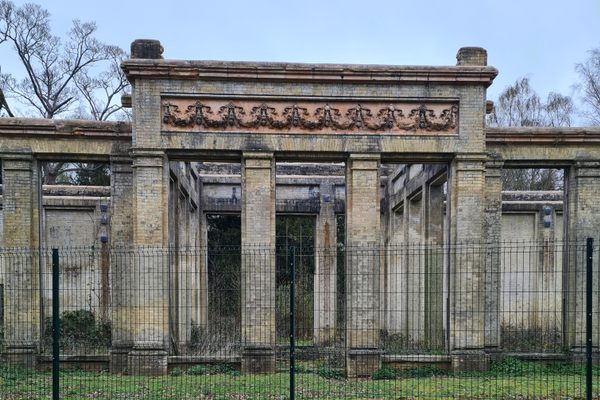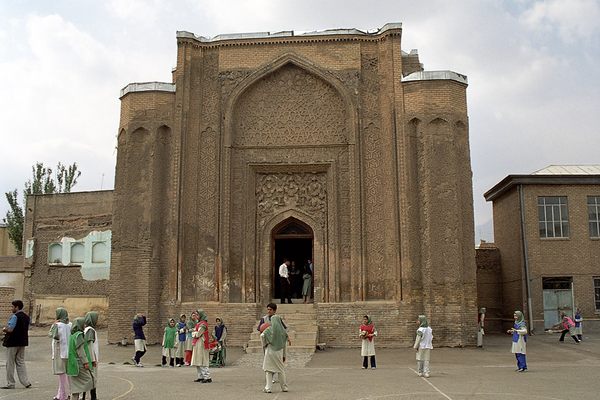About
Tucked away in the great arched entrance to the Royal Academy of Arts in London's Piccadilly are two examples of Britain's iconic red telephone boxes. But these are not just any old telephone boxes. One is the wooden prototype of the original "K2" design that's now recognizable around the world, and which the architect first proposed should be colored silver and blue.
In the 1920s, the post office (which at the time controlled telephones too), held a competition run by the Royal Fine Art Commission to find a design for a telephone kiosk that would be accepted by the London metropolitan boroughs, which were not particularly keen on the "K1" (Kiosk 1) design that had been installed in other cities.
The winning architect was Sir Giles Gilbert Scott, known for designing Waterloo Bridge and Battersea Power Station. His box was a narrow rectangle with a domed roof, said to be inspired by the mausoleum of British architect Sir John Soane. A Tudor crown was seen on each of the four sides, pierced for ventilation.
Scott initially proposed that his design, designated K2 (Kiosk 2), should be colored silver and blue, but the post office decided on red instead. The rest, as they say, is history. The first K2 box was installed in London in 1926, and over the next decade 1,700 K2 boxes were installed around the metropolitan area. Scott’s design was modified over time into the classic K6 phone booth model we see today, widely recognized as one of the unofficial symbols of Britain.
As of 2013, there were just over 200 of the original K2 kiosks still standing in the country. Though many phone booths of all designs disappeared with the popularity of mobile phones, the two historic K2 boxes at Burlington House are not going anywhere. The one inside the western entrance—in the same spot where it was originally placed— is Sir Scott's original prototype, constructed from wood and lacking the familiar illuminating “Telephone” sign. The other, in the eastern entrance, is one of the first cast-iron K2s installed in London.
Related Tags
Know Before You Go
The phone boxes are well hidden behind the pillars of the decorative wrought iron gates of Burlington House. There is one phone box on each side.
The phone boxes are now owned and operated by the Royal Academy of Arts.
Community Contributors
Added By
Published
May 11, 2017
Sources
- https://www.hertfordstreet.com/burlington-house-piccadilly-home-to-londons-smallest-listed-buildings/
- https://www.britannica.com/biography/Giles-Gilbert-Scott
- https://insearchoflosttimes.wordpress.com/telephone-box-walk/
- https://news.artnet.com/exhibitions/can-art-save-londons-iconic-telephone-boxes-123130
- https://www.londonremembers.com/memorials/first-k2-telephone-boxes
- https://britishheadvoice.com/2014/06/29/the-classic-red-phone-box/



